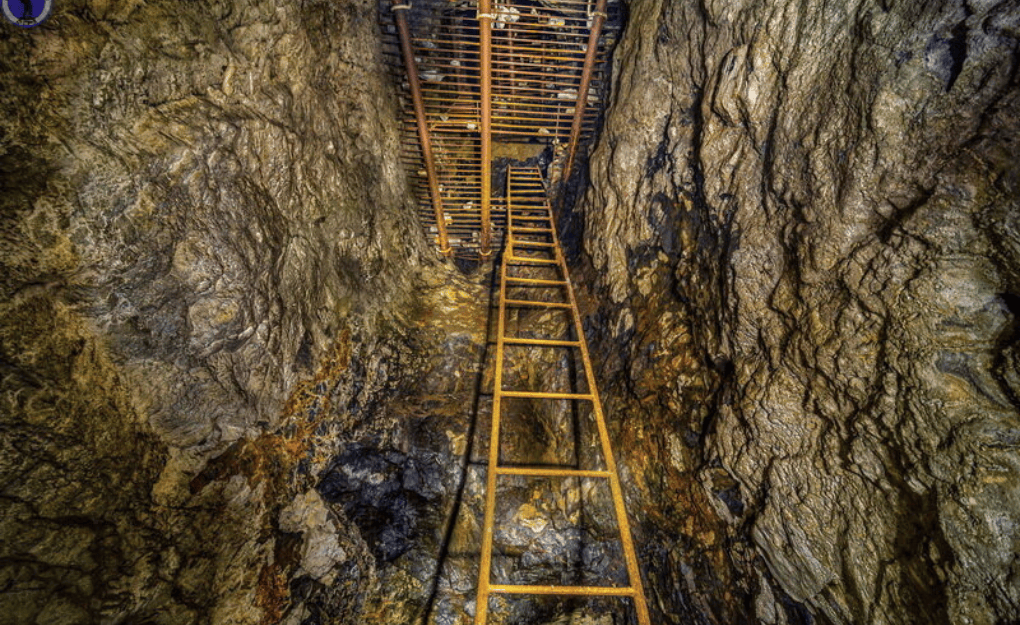Mining Tourism Jharkhand has emerged as a pioneering model in India’s tourism and industrial development sectors. In a historic move, the state government of Jharkhand has launched the country’s first-ever mining tourism initiative, aimed at promoting educational, industrial, and eco-cultural experiences around the state’s rich mineral landscape. This bold step marks a significant diversification in India’s tourism narrative and stands as a testament to Jharkhand’s vision of leveraging its natural resources for sustainable growth.
Background: From Mines to Museums
Jharkhand, often referred to as the “mineral heartland of India,” holds around 40% of the country’s total mineral reserves. For decades, it has played a critical role in India’s industrial growth through coal, iron, bauxite, and other mineral extractions. The idea for mining tourism was sparked by Chief Minister Hemant Soren’s visit to the Gava Museum of Mines in Barcelona, Spain. The museum showcases ancient mining tools, historical methods, and interactive exhibits that attracted tourists globally.
Inspired by this experience, the Chief Minister envisioned a similar model in Jharkhand — where active mining sites would not only be functional zones of extraction but also educational hubs and tourist destinations. This concept has now materialized through a five-year Memorandum of Understanding (MoU) with Central Coalfields Limited (CCL) to develop mining tourism circuits across the state.
Objectives Behind the Initiative
The primary goal of Mining Tourism Jharkhand is to diversify the tourism economy and provide alternative travel experiences beyond conventional hill stations or heritage sites. Some of the key objectives include:
- Showcasing the technological and environmental practices involved in modern mining.
- Providing educational exposure to students, researchers, and industry professionals.
- Boosting local employment through ancillary services like guiding, hospitality, and transport.
- Reviving cultural identity by integrating mining with local traditions and folklore.
- Promoting eco-industrial awareness among citizens and tourists.
Pilot Project: North Urimari Open-Cast Mine
The first phase of the initiative will focus on the North Urimari open-cast mine in Ramgarh district. This site has been selected for its accessibility, operational transparency, and historical relevance. Visitors will be taken in groups of 10 to 20 people, ensuring both safety and personalized learning.
Visitors can witness live mining operations from a designated safe zone, interact with field experts, and learn about the tools, processes, and safety measures in place. All logistics, including transport, briefing, and on-ground coordination, will be handled by CCL.
Two main tour circuits are being introduced initially:
- Rajrappa Route: Includes Rajrappa Temple, Damodar riverbank views, and North Urimari Mine.
- Patratu Route: Features scenic Patratu Valley, Patratu Dam, and selected mining locations.
Tour packages are priced between ₹2,500 to ₹2,800 plus GST, with trips conducted twice a week, providing regular yet controlled access for tourists.
National Significance and Economic Potential
This marks India’s first-ever eco-industrial tourism project in an active mining sector. It aims to break stereotypes about mining being merely extractive and polluting, by integrating culture, ecology, and industry in a balanced format.
The project holds promise to:
- Increase footfall in lesser-known destinations.
- Strengthen local businesses like transport, eateries, and handicrafts.
- Raise awareness about India’s mining history and its role in national development.
- Serve as a model for replicability in other mining-rich states such as Chhattisgarh, Odisha, and Rajasthan.
Future expansions include collaborations with Bharat Coking Coal Limited (BCCL) and the opening of additional mining circuits for tourism under the broader “Responsible Mining, Responsible Tourism” model.
Nature Meets Industry: Promoting Balanced Tourism
An impressive feature of Mining Tourism Jharkhand is its integration of natural and cultural elements. Apart from the industrial visits, tourists can enjoy Jharkhand’s serene beauty at Patratu Valley, Palani Falls, Tiru Falls, and Chinnamastika Temple. This creates a holistic tourism experience — one that combines industrial innovation with natural splendor.
Additionally, tourists are educated about environmental safety measures adopted during mining — such as land reclamation, dust control, and biodiversity preservation. These educational aspects not only raise awareness but also challenge the negative perceptions often associated with industrial activities.
Conclusion: A New Era for Indian Tourism
With the successful launch of Mining Tourism Jharkhand, the state has charted a new course for responsible tourism and industrial education. This initiative places Jharkhand on both the domestic and global tourism map while empowering local communities and creating awareness about India’s natural and industrial heritage.
As other states take note, this bold venture could ignite a new tourism trend across India — one that celebrates not just monuments and landscapes, but also the machines and mines that have fueled the nation’s progress.




